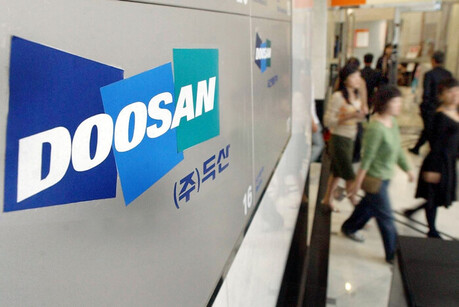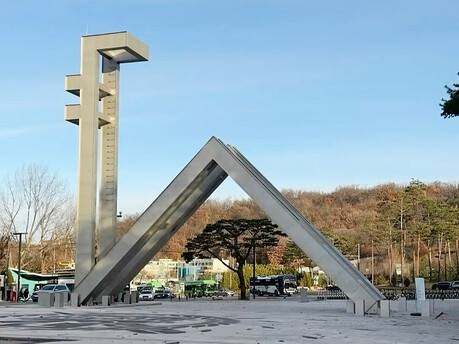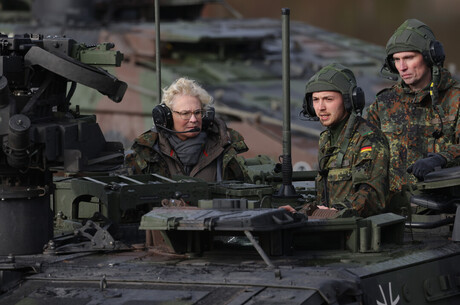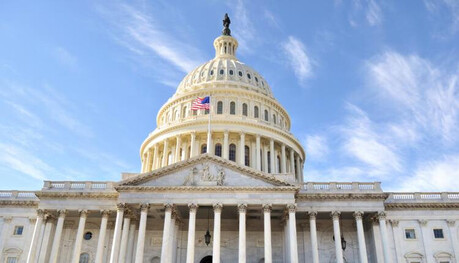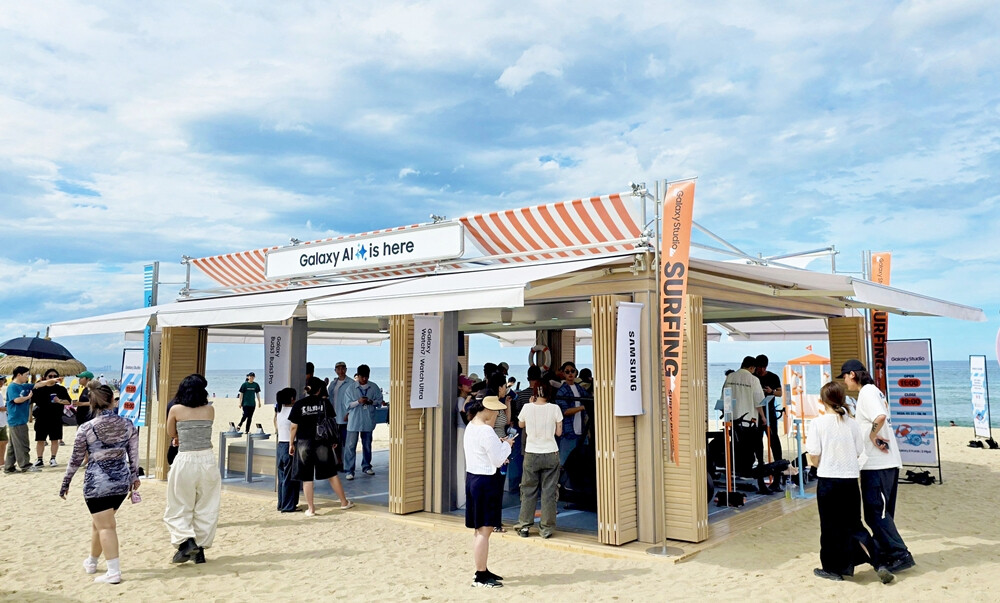
In the second quarter of this year, the living population (registered population + resident population) in 89 population-reducing areas across the country increased by about 3.5 million compared to the first quarter. This is the result of an increase in the registered population (registered residents and registered foreigners), while the resident population, including tourists (staying once a month, for more than 3 hours a day), has remained the same.
According to the ‘2024 Second Quarter Living Population Calculation Results’ announced by the Ministry of Public Administration and Security on the 30th, the living population in 89 regions was about 28.5 million as of last June. There was an increase of about 3.5 million people compared to the last first quarter (March).
The number of registered people in the second quarter was 4.9 million, the same as the first quarter. As the number of residents increased by about 3.5 million, the total living population also increased. In the second quarter, the ‘multiple of the resident population compared to the registered population’ was 4.8 times, an increase from the first quarter (4.1 times).
Yangyang-gun, Gangwon-do had this multiple of 17.4 times, the highest in the country. This is interpreted as a result of the continuous influx of tourists. In the first quarter, Gurye-gun, Jeollanam-do ranked first with 18.4 times.
The ‘proportion of residents living in other cities and provinces’ was the highest in Gangwon-do at 82.4%. This means that 8 out of 10 people who visited Gangwon-do came from other cities and provinces. Most of the population in Gangwon-do were residents of the metropolitan area. The average number of days of stay for the national standard resident population was 3.2 days, and the number of days of stay was 3.4 days. The average ‘revisit rate within the last 6 months’ was 34.7%.
It was analyzed that the impact of the resident population on the local economy is significant. As of June, the average card spending of the resident population was about 115,000 won per person. Of the total card spending in the region, the proportion used by the registered population was 56.8%, and the proportion used by the resident population was 43.2%. The card usage amount of the resident population is 76% of the card usage amount of the registered population. In Gangwon-do, which has many tourists, the proportion of credit card use among the resident population (55.8%) was higher than that of the registered population (44.2%). The proportion of card users in Yangyang-gun's resident population reached 71.6%.
The industries in which the resident population mainly used credit cards were food industry at 28.9%, general retail (supermarkets, etc.) at 17.8%, culture and leisure at 12.1%, and specialty retail (market stores, etc.) at 10.8%.
[Copyright (c) Global Economic Times. All Rights Reserved.]
















